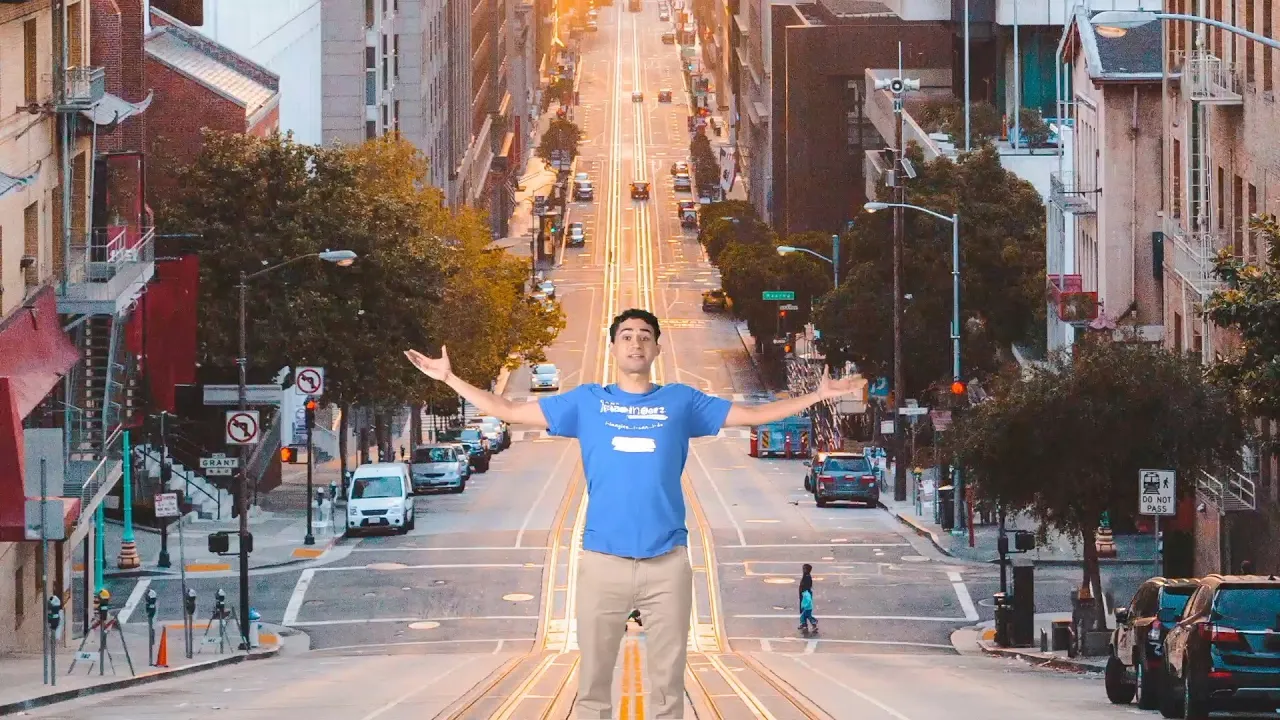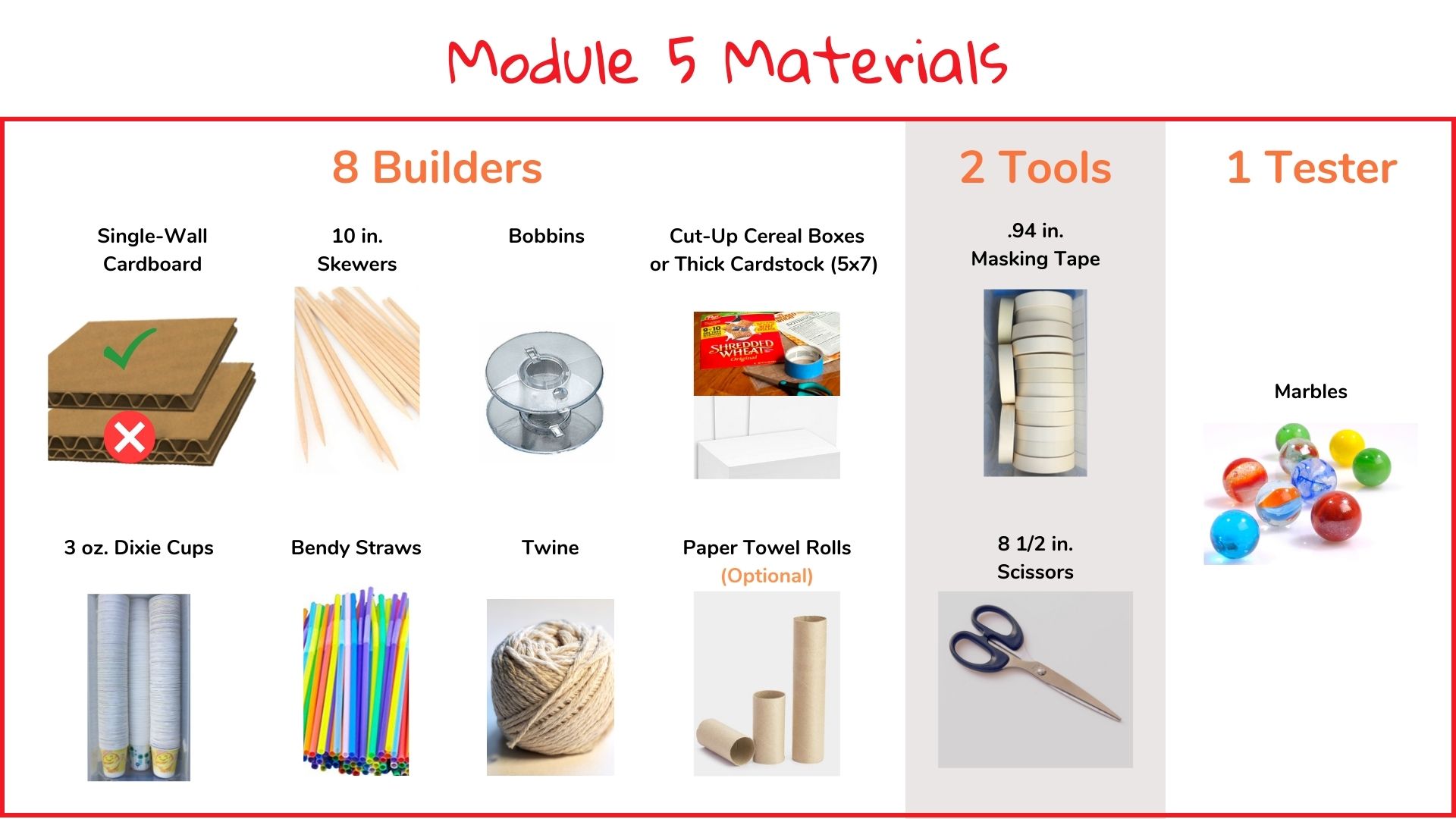STEM Challenge: Rube Goldberg Machines with Teams

Context for Challenge
Students will become engineers, tasked to build Rube Goldberg machines with teams to perform a simple task. The machine should utilize multiple steps and incorporate simple machines, such as levers, pulleys, and ramps.
Materials

Set Up
- Prepare Materials: Ensure you have all the necessary materials ready beforehand and organize them so that they are easily accessible to students. Students should use no more than five of any one material per creation! For example, a student can use five straws and five pieces of paper, but not ten straws. If you provide aluminum foil, no more than one arm’s length piece for each student!
- Provide Guidelines and Constraints: Reiterate the challenge to students, as needed. Building time is 45 minutes!
- Model the Design Process: Before students begin, demonstrate the design process by going through the steps yourself. Discuss how to brainstorm ideas, create prototypes, test them, and make iterations based on the results, as needed.
- Encourage Collaboration: Foster a collaborative environment where students can work together in pairs. Encourage them to share ideas, help each other troubleshoot challenges, and provide constructive feedback throughout the process. But no groups of three!
- Support Adaptation: Encourage students to embrace the mindset of adaptation and problem-solving. Help them see that setbacks and failures are opportunities to learn and make improvements. Guide them in identifying areas for adaptation and brainstorming alternative solutions.
- Facilitate Reflection: Set aside time for students to reflect on their design process and decision-making. Ask questions that prompt them to think critically about their choices, challenges they faced, and what they learned from the experience. Students can reflect individually, in pairs, or as a whole-class discussion.
- Celebrate and Showcase: Celebrate students’ efforts and showcase their work.
CASEL Discussion Questions
Five questions aligned to Social Awareness and Relationship Skills — our focus CASEL competency for Module 4 and Module 5 — for teachers to foster an engaging discussion and social-emotional learning
-
- What did you learn about your teammates’ strengths during the building challenge, like problem-solving or creativity? How did those strengths contribute to your team’s success?
- How did your teammates offer suggestions or feedback when a part of the machine didn’t work? How did you react to their input, and how did you improve your design based on it?
- Was there a point when a part of the Rube Goldberg machine didn’t work as expected? How did you and your team come together to figure out how to fix the issue?
- Did you learn something new about a teammate’s approach to problem-solving based on their culture or past experiences? How did it help improve the project or teamwork?
- How did working together on building the Rube Goldberg machine create a sense of teamwork and unity? What actions helped you all bond and trust each other?



